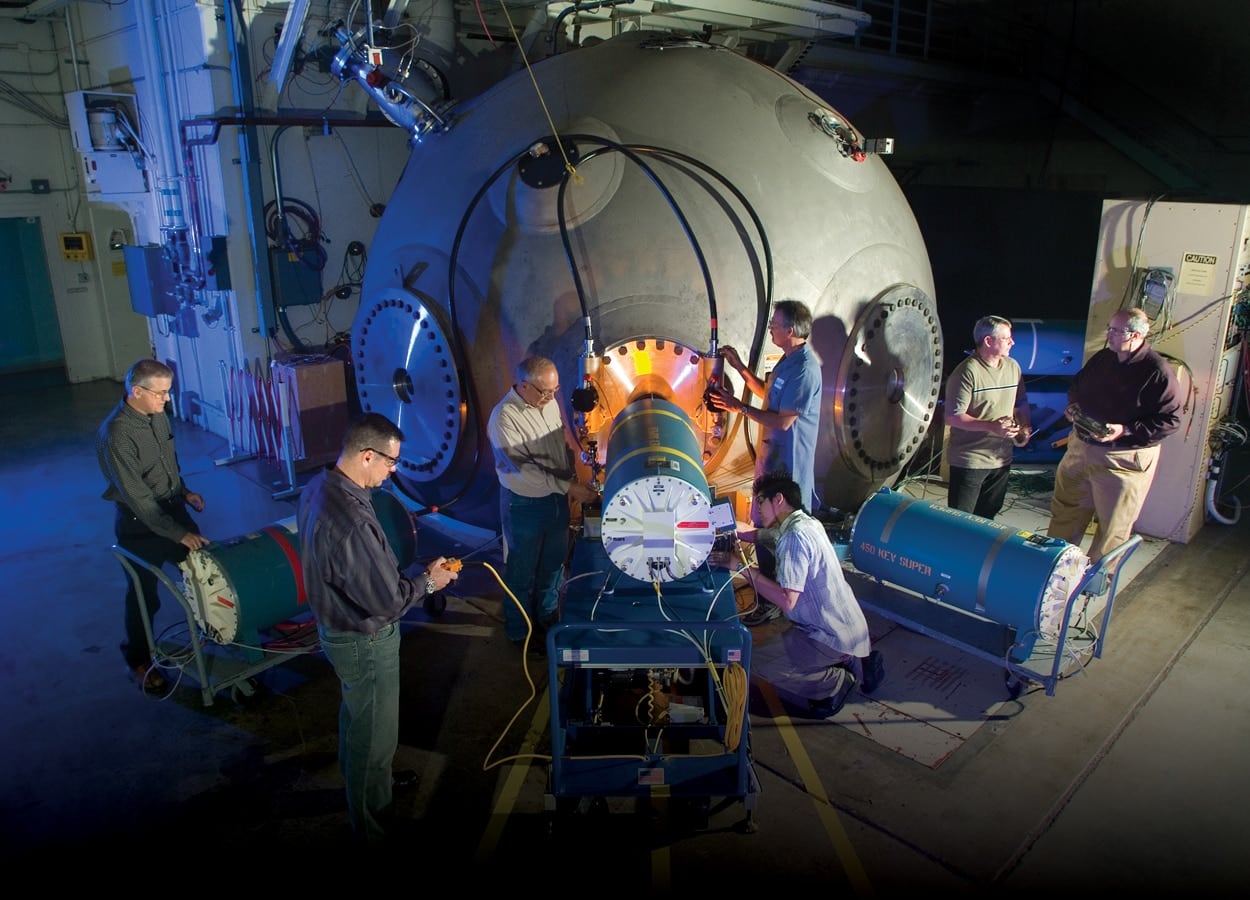WASHINGTON — If the U.S. carries out all of its plans for modernizing and maintaining the nuclear arsenal, it will cost $494 billion over the next decade, an average of just less than $50 billion per year, a new government estimate has found.
The number, part of a biannual estimate put out by the Congressional Budget Office, is 23 percent over the previous estimate of $400 billion released in 2017. That 2017 figure was a 15 percent increase over the 2015 number.
The number will likely grab attention in Congress, especially on the House Armed Services Committee, where new Chairman Rep. Adam Smith, D-Wash., has made it clear he’s looking for ways to save money by cutting nuclear costs.
Told of the new estimate, ranking member Rep. Mac Thornberry, R-Texas, acknowledged the topic as a possible partisan friction point and defended nuclear modernization as worth the cost.
“What I believe all the previous estimates have been is that at no point does it take more than 7 percent of the defense budget — and from my standpoint, it’s upon which most of our defense efforts are based,” Thornberry said. “I have no doubt it will be a topic we discuss this year.”
Just more than half of that increase, however, is based on a technicality, driven by the fact that this projection covers two years later than the 2017 projection did, and a number of modernization programs will be further along — and hence costlier. Overall, the $494 billion figure represents roughly 6 percent of overall projected defense spending during that time period.
RELATED

Three notable changes featured in the Nuclear Posture Review — the development of a low-yield submarine-launched ballistic missile, development of a new sea-launched cruise missile and increased plutonium pit production — result in an estimated $17 billion increase over the time period above what the number would have been without them. That number could increase should the administration follow through on plans in the NPR to keep the B83 nuclear bomb in service longer than intended, or if it develops a land-based nuclear cruise missile following an expected U.S. exit from the Intermediate-Range Nuclear Forces Treaty.
However, it is unclear whether those programs will move forward and at what levels, leaving that estimate “very uncertain.”
Overall, the Pentagon and the Department of Energy are preparing to spend the money in the following way:
- $234 billion on strategic nuclear delivery systems and weapons, including submarines (an estimated $107 billion over this time period), intercontinental ballistic missiles ($61 billion) and long-range bombers ($49 billion, less than the full projected cost of the dual-use bomber fleet); the nuclear warheads for use from those systems; and DOE’s funding of nuclear reactors for the submarine fleet.
- $15 billion on tactical nuclear delivery systems and weapons, including tactical aircraft for delivering weapons; management of the warheads for those tactical aircraft; and funding for the new submarine-launched cruise missile.
- $106 billion for DOE’s nuclear weapons laboratories and production facilities, where America’s stockpile of nuclear warheads are maintained and developed. The department has a longstanding backlog on maintenance and upgrades for its locations.
- $77 billion on nuclear command, control, commutations and early warning systems, used to coordinate any nuclear-related issues. While not as flashy as the weapons themselves, Pentagon officials over the last two years have sounded the alarm that nuclear command and control is at risk of being outdated without major investments.
The remaining $62 billion in projected costs come from “CBO’s estimate of additional costs that would be incurred over the 2019–2028 period if the costs of nuclear programs exceeded planned amounts at roughly the same rates at which costs for similar programs have grown in the past.”
When all that is factored in, CBO’s estimated annual cost rises from $33.6 billion in 2019 to about $63 billion in 2028, a roughly 90 percent increase over that period.
Joe Gould in Washington, D.C., contributed to this report.
Aaron Mehta was deputy editor and senior Pentagon correspondent for Defense News, covering policy, strategy and acquisition at the highest levels of the Defense Department and its international partners.




